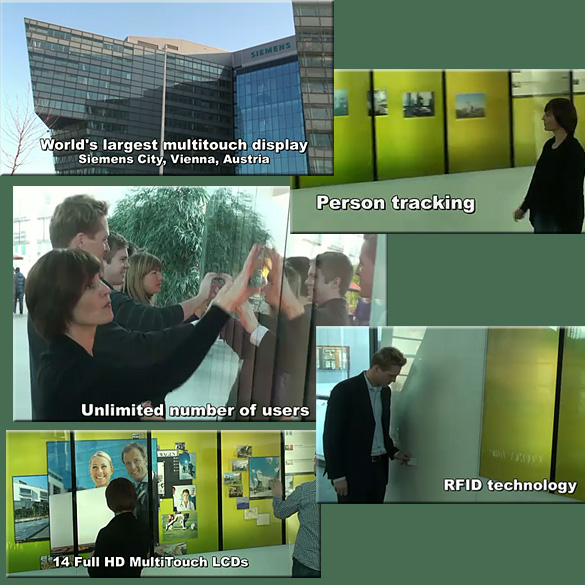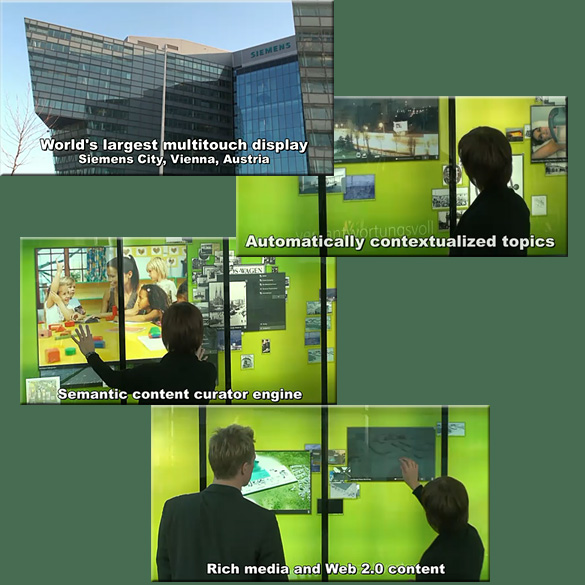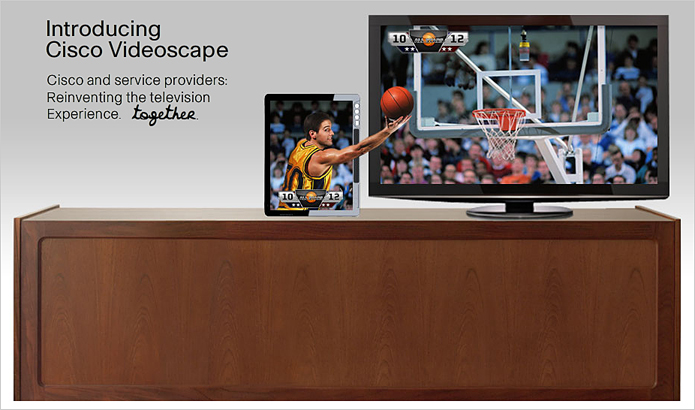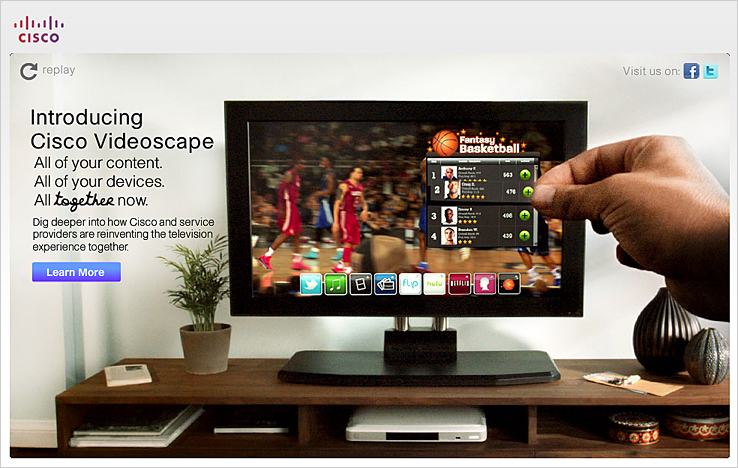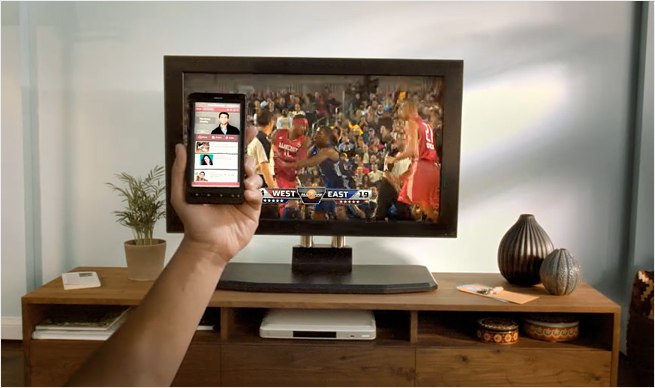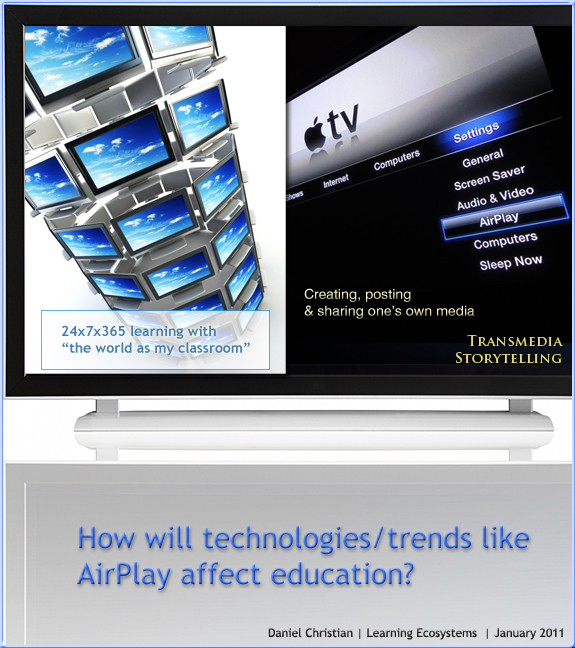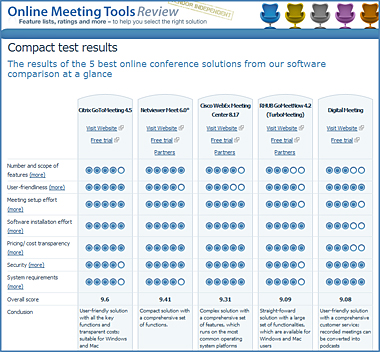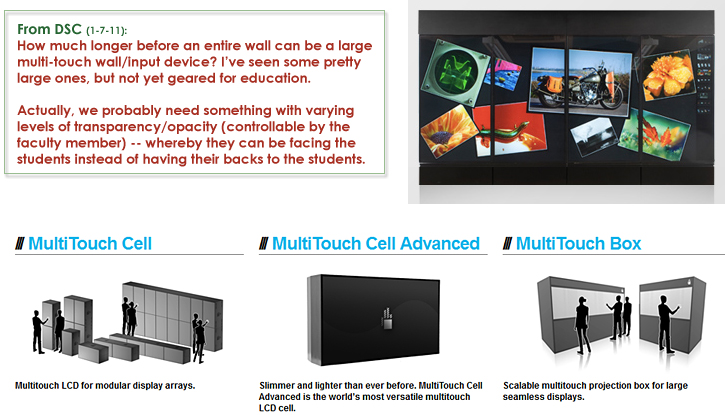.
.
See also:
- http://multitouch.fi/2011/02/01/worlds-largest-public-multitouch-display-for-siemens/
- http://multitouch.fi/case-studies/huge-corporate-branding-lobby-display/
From DSC:
I’ll wager that in the future, this is the type of “wall” that will be in many classrooms. Students will be able to hold up their devices to send their files to it…then interact with the various programs/files on the displays. Such a “wall” will read/process QR codes as well.
Alternative web conferencing solutions to Dimdim — from webconferencing-test.com
Also see:
From DSC:
I would also suggest looking at Wimba Classroom if you are in the higher ed space. It handshakes seamlessly with Moodle and Bb Learn for example.
A classroom without walls – Google Teacher Academy Application — from murcha.wordpress.com
Educators in Australia are being given an opportunity to be certified as Google Teachers in an Academy that is coming to Sydney in March. Part of this process is to make a 1 minute video showing on either “Motivation and Learning” or “Classroom Innovation.”
I wish to thank @edsaid for telling me how to add videos to my wordpress blog. It is to much appreciated and I will now be able to add more engaging features to my posts with this knowledge.
Here is my movie reflecting some of the connections, global interactions and collaboration that has taken place beyond our classroom walls. It is very difficult to summarize in 1 minute some of the amazing activities that we have been involved in, but it gives the viewer a glimpse and hopefully a taste for more. If you are interested in applying, check out the Google Academy. Thank you to my wonderful personal learning network and global colleagues.
Manufacturers Turn to Smart TV After 3-D Disappoints — from WSJ (with insert from DSC below)
The idea is to make it easy to shop, surf the Web, (take a class, videoconference with others around the world, gain skills and knowledge, get training on demand) check the weather and traffic and set up customized news pages. Consumers also would have available a variety of other apps for, say, social networking or sharing photos and videos.
— originally from Lynn Marentette’s Interactive Multimedia Technology blog










